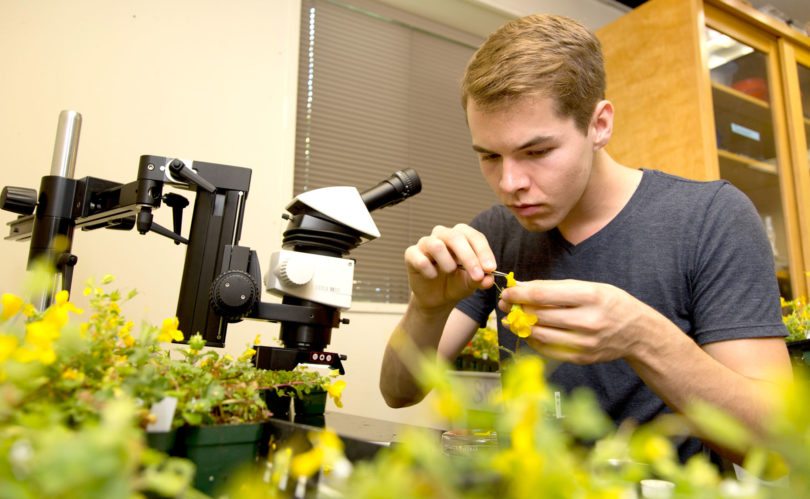Georgia Gov. Nathan Deal has included $44.7 million for the construction of a Science Learning Center on UGA’s South Campus in his budget proposal submitted to the General Assembly on Jan. 15.
“I am grateful that Gov. Deal has included the Science Learning Center, my top capital priority, in his budget proposal,” said UGA President Jere W. Morehead. “If approved by the legislature, this much-needed facility will provide modern, efficient and flexible space for undergraduate laboratory teaching in the sciences at UGA.”
The Board of Regents of the University System of Georgia approved UGA’s request for design and construction of the approximately 122,500-square-foot facility in September as part of its fiscal year 2015 budget request to the governor.
“This will place the university at the forefront of offering students the very best facilities in science education and will advance the governor’s goal of expanding the pipeline for students in the STEM disciplines,” Morehead said.
The center will provide space for undergraduate laboratory teaching in the STEM (science, technology, engineering and math) disciplines. Such courses are now taught in the 1960s-era chemistry and biological sciences buildings. Once completed, the project would be supplemented by $10 million in institutional funds to begin a program to modernize the space with much of it being repurposed to support faculty research.
Core undergraduate science lab courses at UGA have been operating above capacity, particularly in core chemistry and biology, and are taught in outdated facilities that are difficult to maintain. The chemistry building was constructed in 1960, with additions in 1971 and 1997. The biological sciences building also was built in 1960, with an addition in 1972.
The Science Learning Center would add 33 modern teaching labs plus two lecture halls and two other classrooms to accommodate four departments-chemistry, biological sciences, plant biology and physics. According to the university’s submission to the regents, the center effectively would address the deficit of modern teaching laboratory space and ensure lab course availability through 2026 based on current enrollment trends.





